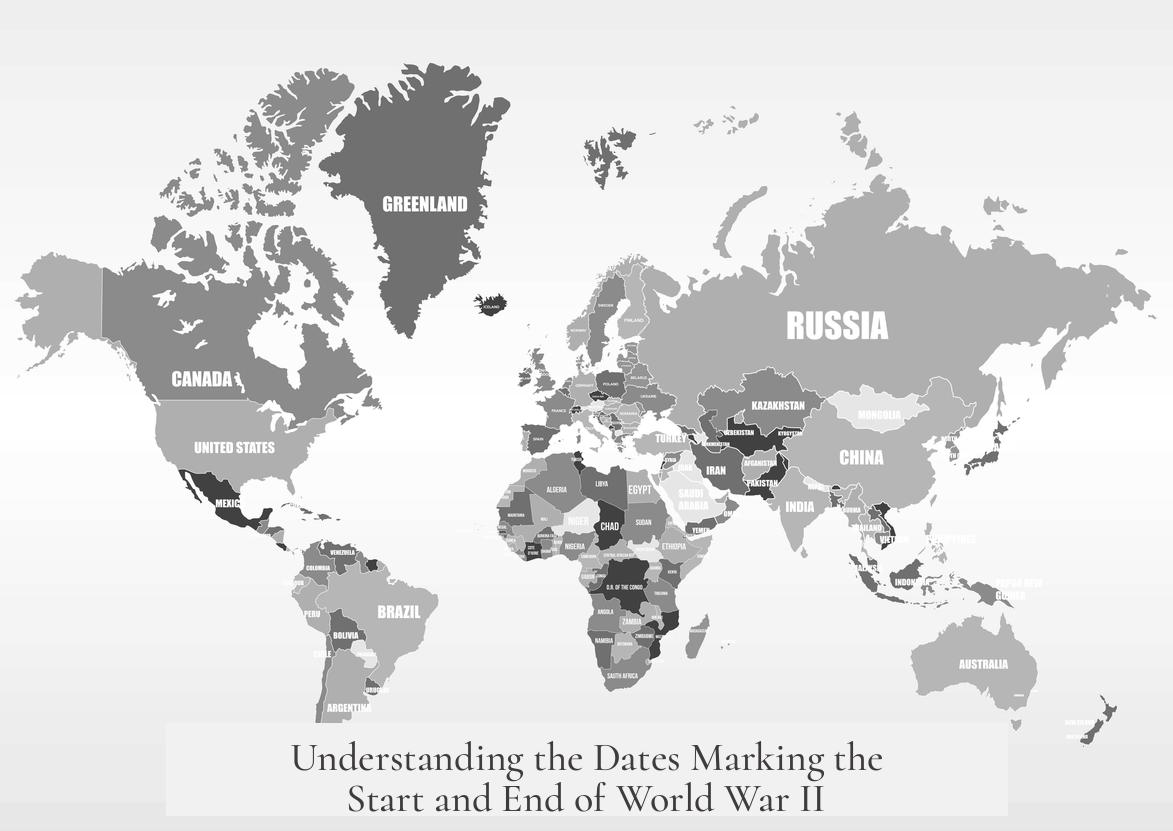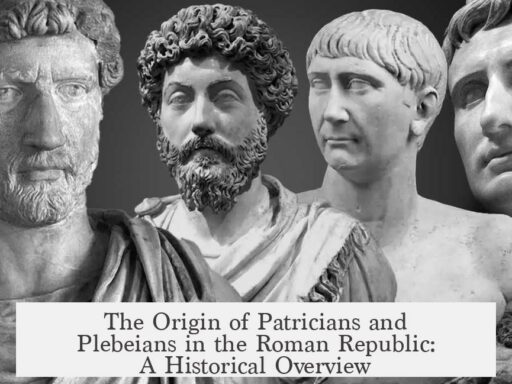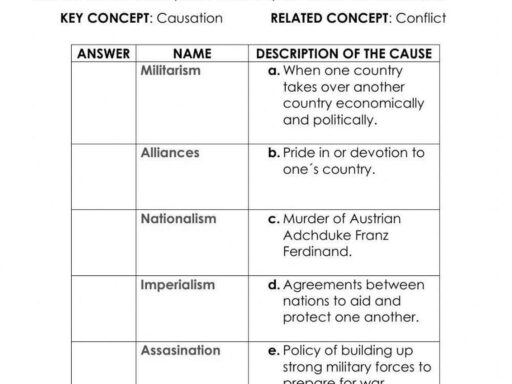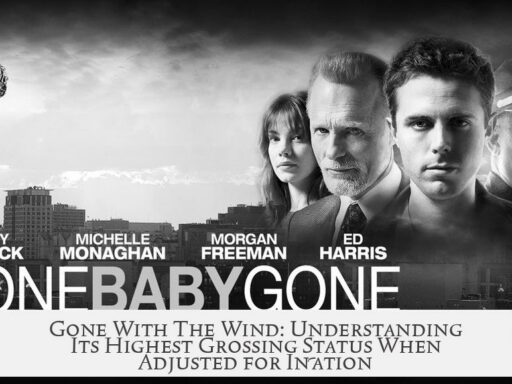The listed dates for the start and end of World War II (WW2) reflect a combination of historical events, military actions, and administrative decisions. The recognized start date commonly is December 7, 1941, marking the attack on Pearl Harbor, which directly engaged the United States in the conflict. However, some sources mention December 2, 1941, likely due to the coded Japanese command to proceed with the Pearl Harbor attack being sent that day. The official end dates vary but often center around March 2, 1946, linked to the closing date for eligibility on certain U.S. military campaign medals, though hostilities legally ceased as late as December 31, 1946, per a U.S. government proclamation.
Understanding why these specific dates are selected requires examining both historical military milestones and bureaucratic determinations.
December 7, 1941, is the most definitive start date for WW2 from the U.S. perspective. The surprise Japanese attack at Pearl Harbor propelled the United States into active involvement. Historical records and memorials predominantly use this date because it signifies a clear, violent commencement of hostilities involving the U.S. armed forces.
In contrast, December 2, 1941, appears less as a combat-related milestone and more as a significant command date in Japanese operations. On this day, the Japanese strike force en route to Pearl Harbor received Admiral Yamamoto’s coded message, “NIITAKA-YAMA NOBORE” (“Climb Mount Niitaka”), signaling the green light to proceed with the attack. This communication marked a formal decision to initiate hostilities but did not involve direct combat or American engagement on that date.
This distinction creates some confusion in records, particularly in veteran documentation and commemorative plaques. Some organizations may cite December 2 as the operational start of hostilities in theater, linking it to the planning stages rather than actual combat. It is also speculated that errors in recording or transcription might contribute to the inconsistent use of December 2 instead of December 7.
Regarding the end date, March 2, 1946, holds significance largely from an administrative standpoint. The U.S. military uses this date for the eligibility cutoff of various campaign medals such as the Army Good Conduct Medal, Asiatic-Pacific Campaign Medal, and Army Occupation Medal for certain theaters. This date represents when active military campaigns and formal operations officially ended, marking the administrative closure of wartime service recognition.
However, this does not equate to the absolute end of all hostilities or WW2-related activities. The World War II Victory Medal, for instance, covers service through December 31, 1946. Similarly, President Harry S. Truman’s Proclamation 2714 formally declared the cessation of WW2 hostilities effective at noon on December 31, 1946. This proclamation recognized the prolonged nature of the conflict’s aftermath and occupation duties, reflecting a legal and ceremonial closure beyond the combat operations.
Memorials, veteran gravestones, and historical records sometimes display varying dates depending on the context—whether emphasizing combat, occupation, or administrative time frames. These differences acknowledge the complex nature of war’s temporal boundaries, which do not always align neatly with calendar dates.
- Start Dates: December 7, 1941, is the historical combat start (Pearl Harbor attack).
- Alternate Start Date: December 2, 1941, linked to the Japanese command to proceed with the attack (operational decision, no combat).
- End Date for Medals: March 2, 1946, marks the cutoff for eligibility for several U.S. campaign medals.
- Official End of Hostilities: December 31, 1946, per Truman’s proclamation, marks legal and formal end of WW2.
- Date Variations: War-related records and memorials may list differing dates based on operational, legal, or commemorative criteria.
In brief, the selected dates reflect key moments significant either militarily or administratively.
| Date | Significance | Nature |
|---|---|---|
| December 2, 1941 | Coded message from Japan authorizing Pearl Harbor attack | Operational command decision, no combat |
| December 7, 1941 | Attack on Pearl Harbor; start of US combat in WW2 | Combat start date |
| March 2, 1946 | Cutoff date for eligibility for certain US campaign medals | Administrative end of campaigns |
| December 31, 1946 | Proclamation of formal cessation of WW2 hostilities by US | Legal, formal end of war |
This nuanced timing explains why some veterans’ memorials and official military documents vary in their use of start and end dates for WW2. The dates serve different purposes: starting operational engagement, military campaign administration, and legal recognition of the war’s conclusion.
Key points to remember:
- The 7 December 1941 Pearl Harbor attack is the primary historical start date for US involvement in WW2.
- 2 December 1941 may be cited due to the Japanese command signal to attack being sent on that day.
- March 2, 1946, is an administrative cutoff for some US campaign medal eligibility, not the absolute end of the war.
- December 31, 1946, represents the formal end of hostilities proclaimed by the US government.
- Veteran memorials and plaques may show varying dates based on these overlapping timelines and purposes.




